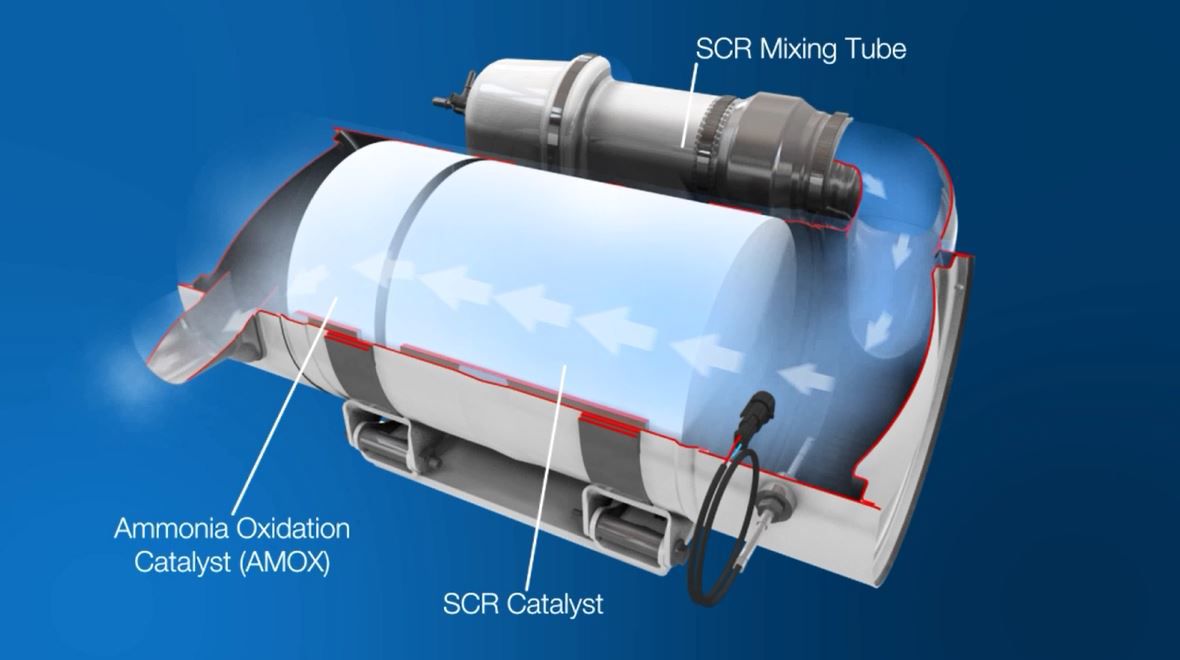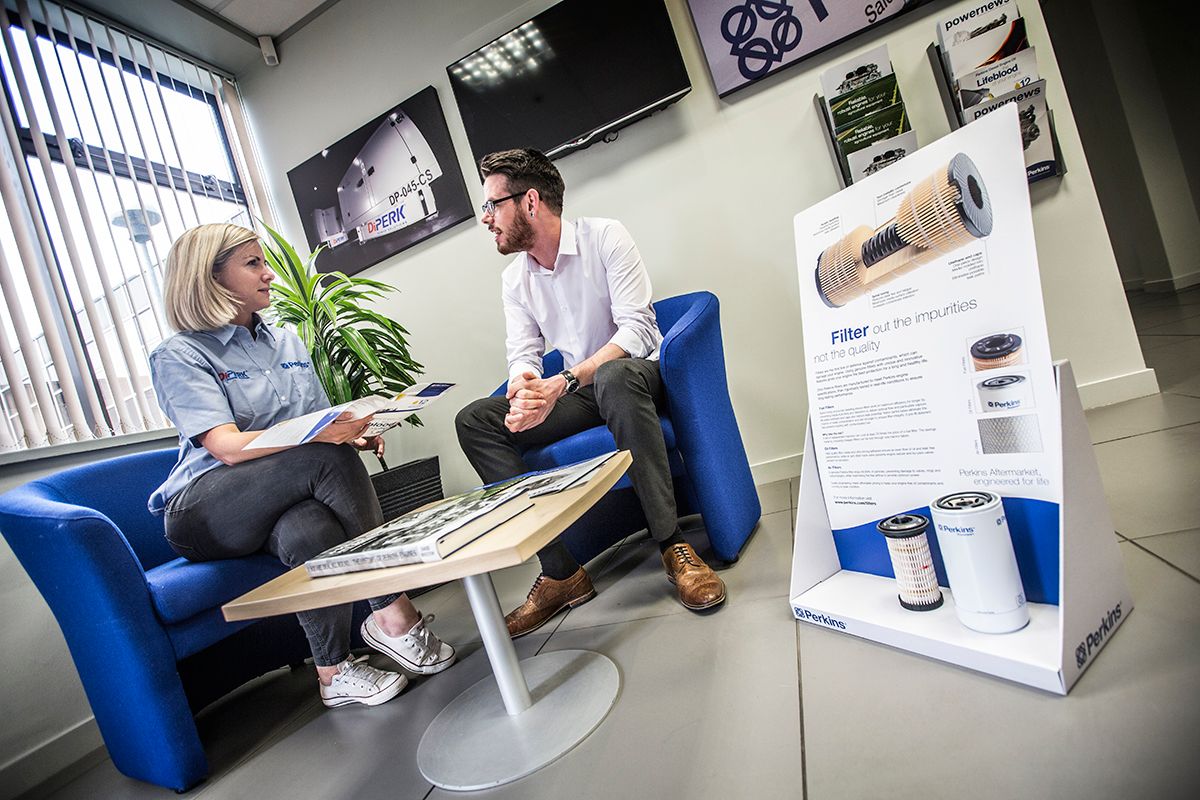Sometimes referred to as sequential turbos, a series turbo set-up involves two turbochargers installed in series or in line (as opposed to parallel or side by side). With this configuration, we’reable to deliver higher engine ratings through a smaller displacement engine.
Series turbos will give you increased power density and performance. With the reduction of turbolag you get with series turbos, you can also benefit from an improved transient response and increased turbocharger efficiency. This configuration also provides an opportunity to downsize from an engine with a larger displacement to a smaller one, bringing about improved efficiency and reduced emissions.

If you’re using a selective catalytic reduction (SCR) system you need diesel exhaust fluid (DEF) for the system to work.
Learn MoreA diesel oxidation catalyst (DOC) is an aftertreatment component that is designed to convert carbon monoxide into carbon dioxide and water.
Learn MoreOur diesel particulate filter (DPF) solutions capture a high percentage of particulate matter or soot.
Learn MoreA series turbo set-up involves two turbochargers installed to operate in sequence.
Learn MorePassive regeneration is an approach used to oxidise particulate matter (PM) in the diesel particulate filter (DPF).
Learn MoreOne of the options available for reducing NOx emissions is selective catalytic reduction (SCR), used on a number of our engines.
Learn MoreOne of the technologies available for the reduction of oxides of nitrogen (NOx) is exhaust gas recirculation (EGR).
Learn MoreReducing particulates and optimising fuel consumption are primary reasons for adding high pressure common rail to our engines.
Learn MoreIf you're ready to receive trusted advice from a Perkins expert, speak to our team today.
Connect with usOur digital magazine with the latest news, interviews and analysis.
Read moreYour regional Perkins Distributor can provide local, on-the-ground engine support.
Learn More









